 |
| Workshop on analyzing some sustainable financial mechanisms associated with practices in Phong Dien - Sao La corridor |
Lack of stable resources
During the 2021-2025 period, the financial mechanism supporting the management and conservation of the Phong Dien - Sao La biodiversity corridor includes the public budget, the payment mechanism for forest environmental services, policy and commercial credit products, along with ODA/international project grants and public-private partnership mechanisms. These resources have coordinated to provide both operating capital (patrol, forest protection, fire prevention and fighting), investment capital (rehabilitation, afforestation, small infrastructure) and loans to develop sustainable livelihoods for the community.
Although the public budget and national target programs are fundamental and large-scale resources, supporting many areas, including conservation and sustainable livelihood development, the mobilization of these resources for the Phong Dien - Sao La corridor still faces a number of challenges. Specifically, although there are programs and policies for forestry development, capital is still allocated to individual programs and projects, leading to difficulties in synchronous integration and implementation of long-term financial solutions. This raises the need to consider the connection mechanism between current programs and policies to optimize the effectiveness of conservation support and community livelihoods.
Deputy Director of the Department of Agriculture and Environment Nguyen Dai Anh Tuan said that the public budget invested in communes in the corridor in the period of 2021-2025 through national target programs (CTMTQG), payment mechanism for forest environmental services (DVMTR), emission reduction purchase agreements (ERPA), local budgets and forestry development programs is very large and plays a pivotal role. Especially in supporting forest patrolling and protection, thereby indirectly contributing to maintaining biodiversity. However, the capital directly allocated to specialized biodiversity conservation activities such as habitat restoration, species monitoring, conservation area management... is still limited and there are no separate statistics in the official budget.
This assessment was also confirmed by the Management Board of Phong Dien and Sao La Nature Reserves, when the units said that the budget for intensive biodiversity conservation activities still lacks stable financial resources. According to Deputy Director of Sao La Nature Reserve Ho Thi Thang, financial resources from international projects, although smaller in scale, focus directly on conservation, helping to fill the gap in the public budget.
According to the opinions of the community, local authorities and stakeholders, some limitations have been identified, namely that the community needs large capital for forest-related livelihoods but has difficulty accessing credit due to lack of collateral, small loan limits and existing credit packages that are not suitable for the medium and long-term capital needs of forestry. The mechanism for allocating public capital (National Target Program, local budget, Forest Environmental Services) is still inflexible, leading to duplication of investment or omission of potential beneficiaries. Payment levels from Forest Environmental Services and ERPA are still low, not commensurate with efforts to protect forests, reducing long-term motivation of forest owners and communities. International projects and local social organizations have tested many valuable initiatives but lack a financial mechanism to sustain after the project ends. Green financial instruments and carbon markets are still in the pilot phase and have not yet become a stable source of capital for the corridor area.
 |
| Officers and staff of Sao La Nature Reserve advise people on forest environmental services. |
Sustainable financial mechanism
According to Mr. Vo Van Du, Chairman of the Hue City Forest Owners Association for Sustainable Development (HUE-FOSDA), a sustainable finance mechanism is a set of policies, tools and financial resources from the public, private and international sectors, along with methods of mobilizing, allocating and managing in a stable, long-term and transparent manner. Sustainability here lies not only in maintaining resources after the project ends, but also in the ability to create a stable financial flow, less dependent on short-term aid, while ensuring equitable benefits between forest conservation, biodiversity and community livelihood development.
Opinions also said that, despite many challenges, the Phong Dien - Sao La corridor has great potential to build a sustainable financial mechanism. This includes: Integrating existing resources through "commune-level common budgets" to increase transparency, limit duplication and improve efficiency. Developing long-term financial mechanisms for the community such as sustainable community funds or formalized revolving capital. Expanding access to credit by simplifying loan procedures, designing green credit and mobilizing the intermediary role of local social organizations. Exploiting green financial instruments and carbon markets, testing green bonds, green micro funds, connecting ERPA with international voluntary carbon markets to mobilize private and foreign capital. Improving management and monitoring capacity and applying digital technology in monitoring forest environmental services and carbon credits, to increase transparency and create trust for investors.
Mr. Ton That Minh Khanh, consultant representative of the Sustainable Finance Mechanism Project for Biodiversity Corridors, analyzed: Existing financial mechanisms have created an important foundation but still operate independently, lacking connection and complementarity. In the context of increasing demand for community capital, designing a sustainable finance model combining public budget, private capital, international mechanisms and community contributions is extremely urgent. This will be the basis to ensure long-term sustainability for the Phong Dien - Sao La corridor, both maintaining biodiversity values and improving local community livelihoods.
The workshop proposed a number of sustainable financial mechanisms linked to the practice in the Phong Dien - Sao La corridor. First of all, it is to improve the effectiveness of the DVMTR policy, because although each year the communes in the corridor receive a stable payment of about 20-25 billion VND. Most of this source is for forest protection patrols and about 10% is allocated for community livelihoods, but there is no budget for forest habitat restoration.
Another direction is to form a local “Community Green Fund”, which can be piloted based on the experience of revolving capital in some communes such as A Roang, Thuong Quang, Thuong Lo (formerly) to maintain community support after the international project ends. At the same time, the corridor still has many fragmented vacant land areas, if invested in afforestation and protection, it will create significant carbon absorption potential, as a basis for participating in the carbon market in the future.
According to experts, policies need to focus more on the substantive participation of communities and local authorities in financial governance, transparency in benefit distribution and monitoring mechanisms. The recommendations also emphasize the integration of biodiversity conservation with local livelihood development. This not only helps maintain a continuous forest corridor, but also brings practical benefits to people, thereby increasing community consensus and the long-term sustainability of financial mechanisms.Source: https://huengaynay.vn/kinh-te/giai-phap-tai-chinh-ben-vung-cho-cong-tac-bao-ton-da-dang-bi-hoc-157802.html


![[Photo] General Secretary To Lam receives Singaporean Ambassador Jaya Ratnam](https://vphoto.vietnam.vn/thumb/1200x675/vietnam/resource/IMAGE/2025/11/03/1762171461424_a1-bnd-5309-9100-jpg.webp)
![[Photo] Fall Fair 2025 and impressive records](https://vphoto.vietnam.vn/thumb/1200x675/vietnam/resource/IMAGE/2025/11/03/1762180761230_ndo_br_tk-hcmt-15-jpg.webp)
![[Photo] Prime Minister Pham Minh Chinh receives the Chairman of the Japan-Vietnam Friendship Association in the Kansai region](https://vphoto.vietnam.vn/thumb/1200x675/vietnam/resource/IMAGE/2025/11/03/1762176259003_ndo_br_dsc-9224-jpg.webp)


![[Photo] Lam Dong: Close-up of illegal lake with broken wall](https://vphoto.vietnam.vn/thumb/1200x675/vietnam/resource/IMAGE/2025/11/03/1762166057849_a5018a8dcbd5478b1ec4-jpg.webp)
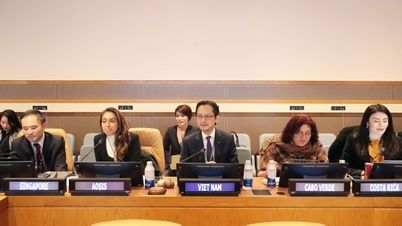





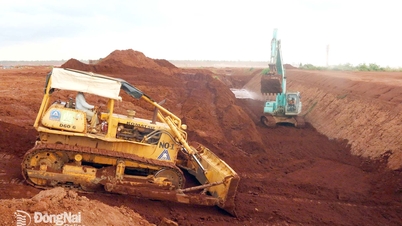


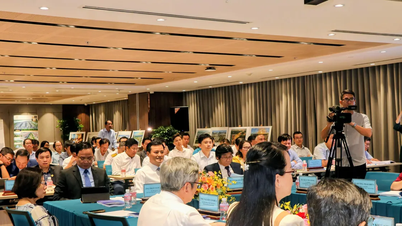



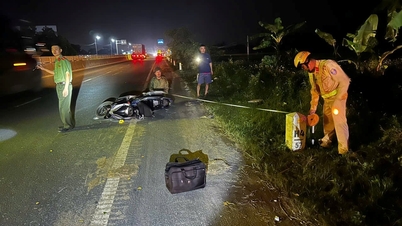


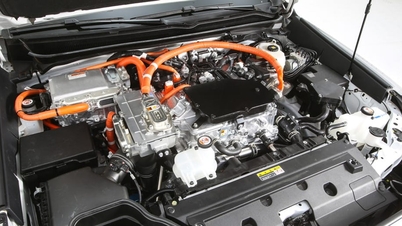



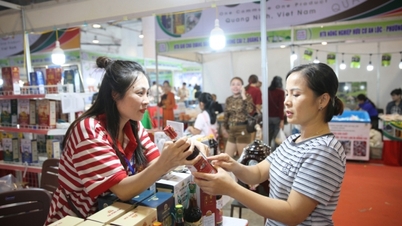







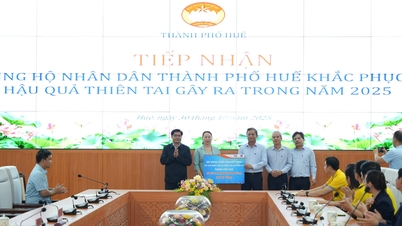


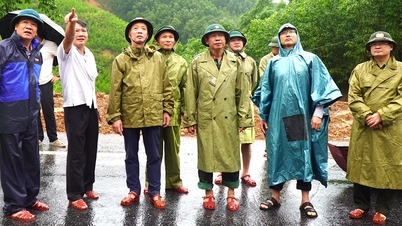




























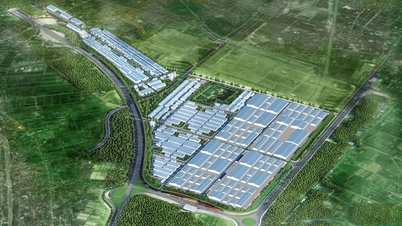
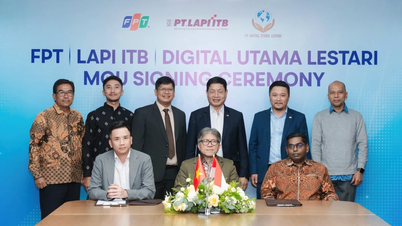








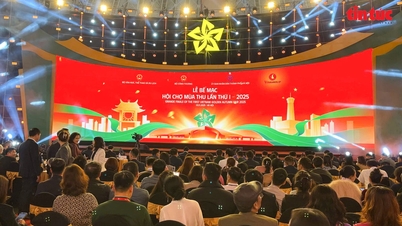


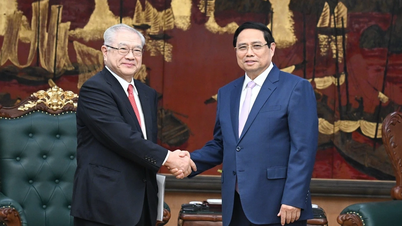







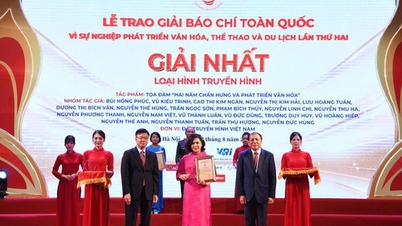




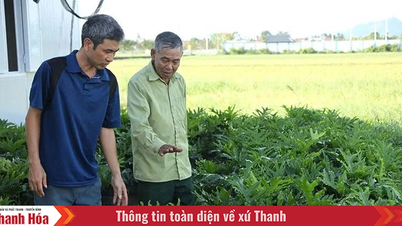
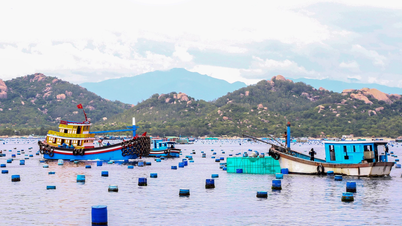


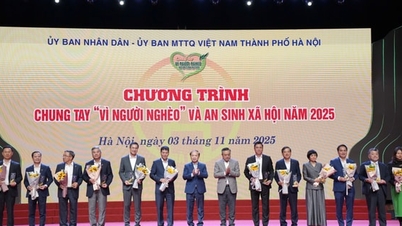

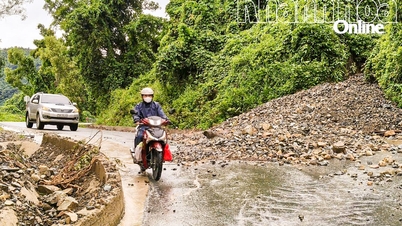














Comment (0)